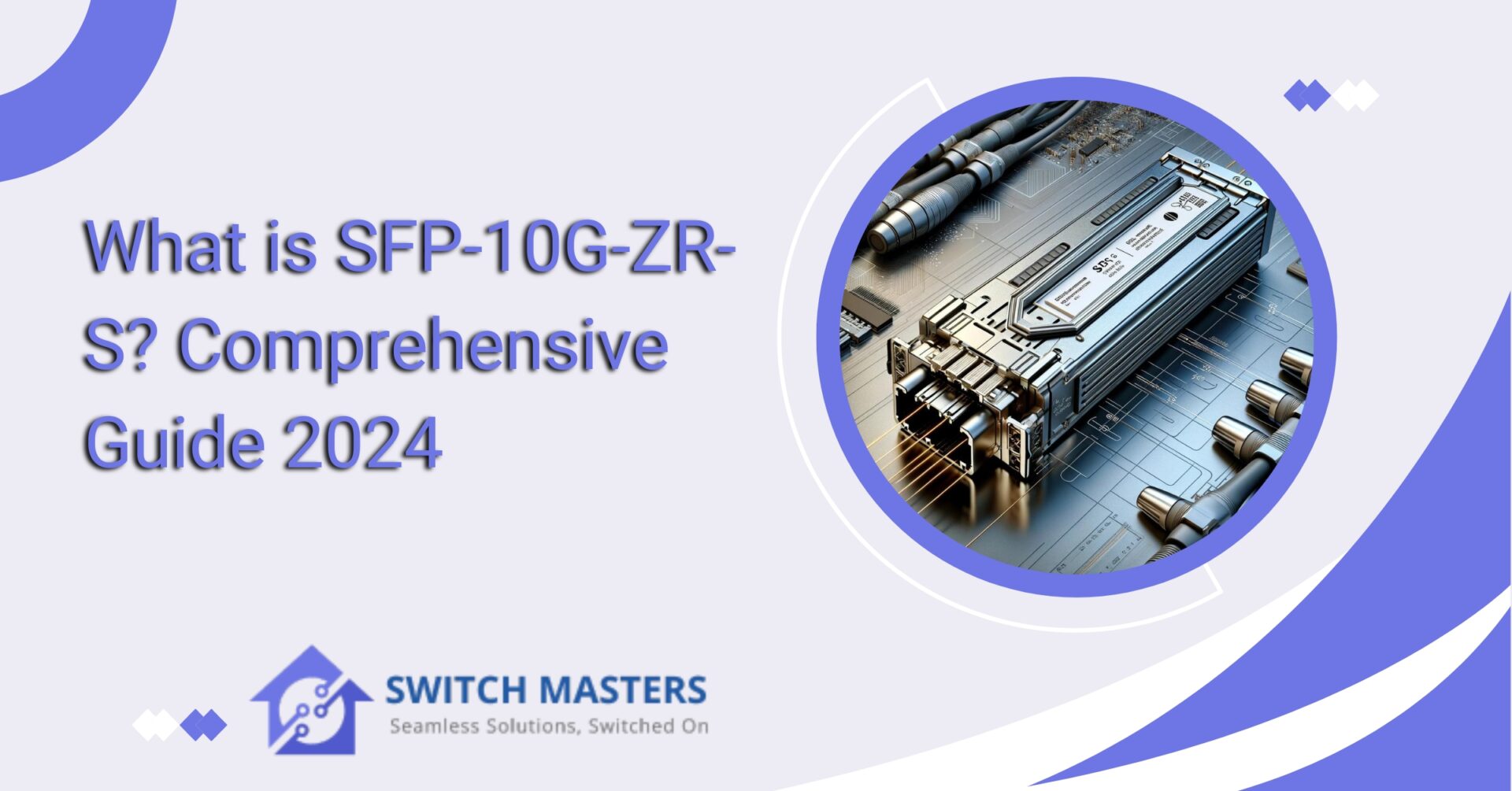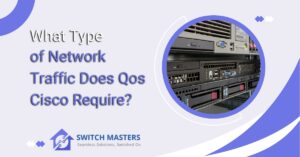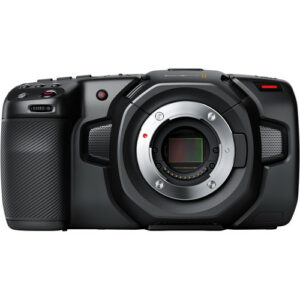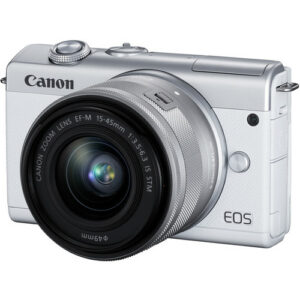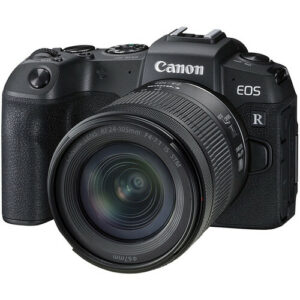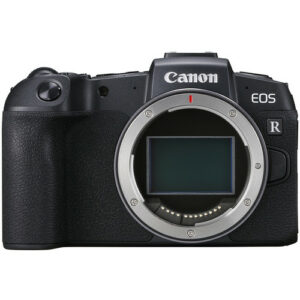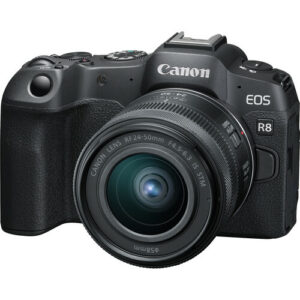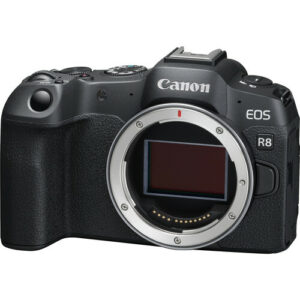Dive deep into the world of What is SFP-10G-ZR-S?, a pivotal transceiver in modern networking, ensuring unparalleled data transmission speed and reliability across extensive distances.
Introduction
The SFP-10G-ZR-S is a specific type of transceiver module used in networking equipment to facilitate high-speed data transmission over optical fiber. This module is designed to support 10 Gigabit Ethernet connections and is compatible with the SFP+ (Small Form-Factor Pluggable) standard, which is a hot-swappable interface used in telecommunication and data communications applications. The “ZR” in its name indicates that it is intended for long-reach performance, capable of transmitting data over distances of up to 80 kilometers (about).
Table of Contents
Understanding SFP Modules
In the vast world of networking technology, SFP modules stand as essential components, quietly facilitating communication across networks. However, for many, the acronym “SFP” might sound like a tech jargon maze. Fear not! Let’s embark on a journey to unravel the mysteries of SFP modules and understand their significance in the realm of networking.
What are SFP Modules?
SFP, or Small Form-factor Pluggable, modules are hot-swappable, compact transceivers commonly used for networking and telecommunication applications. Despite their small size, these modules pack a punch, enabling the transmission and reception of data over fiber optic or copper cables.
Types of SFP Modules:
There are various types of SFP modules, each designed to meet specific networking requirements. These include:
- SFP Transceivers: Basic SFP modules capable of transmitting and receiving data over fiber optic cables.
- SFP+ Transceivers: Enhanced versions of SFP modules with higher data rates, commonly used in 10 Gigabit Ethernet applications.
- BiDi SFP Modules: Bidirectional SFP modules designed for transmitting and receiving data over a single fiber optic strand.
- CWDM/DWDM SFP Modules: SFP modules optimized for dense wavelength division multiplexing (DWDM) and coarse wavelength division multiplexing (CWDM) applications, allowing for efficient utilization of optical fiber bandwidth.
Functionality:
SFP modules serve as the interface between networking devices (such as switches, routers, and servers) and optical fiber or copper cables. They convert electrical signals into optical signals for transmission over fiber optic cables or vice versa. This enables seamless communication within networks, facilitating tasks like data transfer, video streaming, and voice communication.
Applications:
The versatility of SFP modules makes them indispensable in various networking environments, including:
- Enterprise Networks: Used in data centers, corporate LANs, and campus networks for high-speed data transmission.
- Telecommunication Networks: Deployed in telecom infrastructures for reliable communication between service providers and end-users.
- Storage Area Networks (SANs): Utilized in SAN environments for connecting storage devices and ensuring efficient data transfer.
- Metropolitan Area Networks (MANs): Integrated into MANs for interconnecting buildings and facilities within a metropolitan area.
Benefits of SFP Modules:
- Flexibility: SFP modules support a wide range of networking protocols and transmission media, offering flexibility in network design.
- Scalability: With the ability to upgrade or replace SFP modules as needed, networks can easily adapt to changing requirements without a significant infrastructure overhaul.
- Cost-effectiveness: SFP modules enable modular network design, allowing organizations to invest in hardware only as needed, thereby reducing upfront costs.
- Interoperability: SFP modules from different vendors are designed to adhere to industry standards, ensuring interoperability across diverse networking equipment.
What is SFP-10G-ZR-S?
SFP-10G-ZR-S is a type of optical transceiver module used in networking equipment. It’s designed to transmit data at a blazing-fast rate of 10 gigabits per second over long distances using fiber optic cables. Think of it as the speedster of the networking world, zooming data across vast expanses with precision and reliability.

Now, let’s break down what each part of its name means. “SFP” stands for Small Form-factor Pluggable, indicating that it’s a compact and hot-swappable module. “10G” denotes its impressive 10-gigabit speed, while “ZR” signifies its capability for extended reach, making it suitable for long-distance connections. And that final “S” in the name? Well, that’s just a suffix indicating certain specifications or features specific to this model.
In simpler terms, if you’re looking to connect network devices over significant distances without sacrificing speed or reliability, the SFP-10G-ZR-S is your go-to solution. It’s like the marathon runner of networking gear, ensuring your data crosses the finish line no matter how far the journey.
Uses of SFP-10G-ZR-S
The SFP-10G-ZR-S is a specific model of a Small Form-Factor Pluggable (SFP) transceiver module designed for high-speed data transmission. These modules are widely used in telecommunications and data communication applications. They are particularly designed to support 10 Gigabit Ethernet, which is essential for high-bandwidth needs in various settings such as data centers, enterprise networks, and service provider networks. Here’s a detailed overview of its uses:
Long-Distance Networking
The “ZR” in SFP-10G-ZR-S indicates its capability for long-reach performance. It is optimized for 10 Gigabit Ethernet connections over fiber optic cables for distances up to 80 kilometers (about 50 miles). This makes it an ideal choice for connecting networks across large campuses, metropolitan area networks (MANs), and even between different geographical locations within a region.
High-Speed Data Transmission
With a data rate of 10 Gbps, this module supports high-speed data transmission. It’s crucial for applications requiring fast data transfer rates, such as in data centers where large volumes of data are stored, processed, and accessed. This includes cloud computing environments, large-scale virtualization, and high-performance computing scenarios.
Telecommunications Infrastructure
In the telecom sector, the SFP-10G-ZR-S is used to support the backbone of the telecommunications infrastructure. It enables service providers to offer high-speed internet, video, and voice services over long distances without significant signal degradation. This is vital for maintaining high-quality service levels across wide geographical areas.
Enhanced Security and Reliability
The module supports digital optical monitoring (DOM) functions, allowing for real-time monitoring of parameters such as optical output power, optical input power, temperature, laser bias current, and transceiver supply voltage. This feature enhances the reliability and security of the network by enabling network administrators to preemptively identify and resolve issues before they impact network performance.
Network Expansion and Scalability
The use of SFP-10G-ZR-S modules enables network expansion and scalability. As network demands grow, these modules can be added to existing equipment, such as switches and routers, to increase bandwidth and improve data throughput rates without the need for a complete overhaul of the network infrastructure.
Compatibility and Interoperability
Designed with standardized form factors and interfaces, SFP-10G-ZR-S modules can be used in a wide range of networking equipment from different manufacturers. This interoperability is crucial for building and expanding networks that include devices from multiple vendors, ensuring flexibility and cost-effectiveness in network design and maintenance.
Market Trends and Adoption
In the rapidly evolving landscape of networking technology, staying abreast of market trends and the adoption of specific transceivers is crucial for businesses aiming to optimize their network performance. Among the plethora of transceivers available, the SFP-10G-ZR-S stands out for its unique capabilities and applications. Let’s delve into the market trends surrounding this high-performance transceiver and explore its adoption across various industries.
Market Trends:
- Surging Demand for High-Speed Connectivity: With the exponential growth of data traffic and the proliferation of bandwidth-intensive applications, there’s a surging demand for high-speed connectivity solutions. The SFP-10G-ZR-S transceiver, capable of delivering 10 Gigabit Ethernet speeds over long distances, aligns perfectly with this trend.
- Expansion of Data Center Infrastructure: Data centers serve as the backbone of modern digital infrastructure, supporting cloud services, streaming platforms, and enterprise applications. As data centers continue to expand and upgrade their infrastructure to accommodate growing workloads, there’s a corresponding demand for high-performance transceivers like the SFP-10G-ZR-S to ensure reliable connectivity over extended distances.
- Emphasis on Network Reliability and Performance: In today’s hyper-connected world, network reliability and performance are paramount. Organizations across industries prioritize investments in networking equipment that offer robust performance and minimal downtime. The SFP-10G-ZR-S transceiver, renowned for its reliability and long-distance transmission capabilities, addresses this need effectively.
- Adoption of Fiber Optic Technology: Fiber optic technology has emerged as the preferred medium for high-speed data transmission, thanks to its superior bandwidth and immunity to electromagnetic interference. The SFP-10G-ZR-S transceiver, designed for use with single-mode fiber optic cables, is witnessing increased adoption as businesses transition to fiber-based networking solutions for enhanced performance and scalability.
Adoption of SFP-10G-ZR-S Transceivers:
- Data Centers: Data centers form the primary market segment for SFP-10G-ZR-S transceivers, where they are deployed to interconnect servers, storage systems, and networking equipment over long distances. Their ability to transmit data reliably over distances of up to 80 kilometers makes them ideal for intra-data center and inter-data center connectivity.
- Telecommunication Networks: Telecommunication service providers leverage SFP-10G-ZR-S transceivers to extend the reach of their network infrastructure, connecting remote sites, access points, and backbone links. These transceivers enable telecommunication networks to deliver high-speed broadband services to customers efficiently.
- Enterprise Networks: Enterprises with geographically dispersed offices and facilities rely on SFP-10G-ZR-S transceivers to establish resilient and high-performance WAN connections. Whether connecting branch offices, data centers, or remote sites, these transceivers ensure seamless communication and data exchange across the enterprise network.
- Research and Education: Educational institutions, research laboratories, and scientific facilities utilize SFP-10G-ZR-S transceivers to support data-intensive research projects, collaborative initiatives, and academic networks. The long-distance capabilities of these transceivers enable the transmission of large datasets and multimedia content with minimal latency.
FAQ’s
What is a ZR optic?
The SFP 10G ZR, also known as “Zero Dispersion-Shifted,” elevates long-distance networking capabilities. It can transmit data up to 80 kilometers over single-mode fiber, making it ideal for linking data centers, connecting campuses, and establishing international network connections.
What is the range of SFP ZR?
Up to 80 kilometers
The SFP-10G-ZR (Best Range) boasts a transmission distance of up to 80 kilometers, utilizing a 1550nm wavelength on standard Single-Mode Fiber. It complies with SFF-8431, SFF-8432, and IEEE 802 standards.
What does 10G SFP mean?
An SFP, or small form-factor pluggable, module is a compact and hot-pluggable device. The designation “10G” indicates its maximum transmission rate of 10.3 Gbps, making it suitable for 10 Gigabit Ethernet applications. The suffixes SR, LRM, and LR denote the transmission distance of the 10G optical module, ranging from short to long distances.
What is ZR and ZR+?
An extended-reach P2P packet. ZR+ can be defined as a direct extension of 400G ZR, which involves transcoded mappings of Ethernet with enhanced forward error correction (FEC) to enable support for longer distances.
What is the difference between XR and ZR optics?
XR optics and ZR optics technologies vary fundamentally. XR optics enables operators to establish point-to-multipoint networks using a single optical device, while ZR optics offers a short-reach point-to-point optical solution.
Conclusion
As we conclude our exploration into the realm of SFP-10G-ZR-S, we’re left marveling at its significance in the digital landscape. This tiny yet powerful component serves as a linchpin in the infrastructure of long-distance networking, bridging gaps and enabling seamless communication across vast distances. Its ability to transmit data reliably and efficiently makes it an indispensable tool for businesses, organizations, and individuals alike. So, the next time you’re streaming a video, sending an email, or conducting a video conference with someone halfway across the globe, remember to tip your hat to the humble SFP-10G-ZR-S, silently working behind the scenes to keep us all connected.

